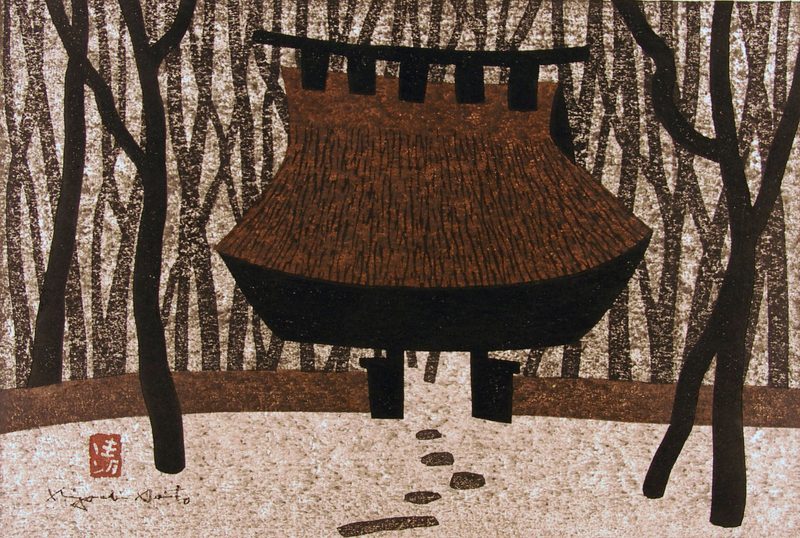Artistry through Color and Line
Over 150 Japanese woodblock prints, acquired through generous donations and purchase, demonstrate the arc of themes and techniques in this art form. Highlights include landscapes by Ando Hiroshige, an ukiyo-e master, actors and Kabuki theater images, and Chikanobu’s Jidai Kagami (Mirror of the Ages), a volume featuring 33 illustrations of beautiful women (bijin).
Ukiyo-e, or “pictures of the floating world,” from the Edo period (1603-1868), are commercial prints depicting celebrities of the entertainment world and sites in the Japanese countryside.
The Meiji period (1868-1912) images reveal Japan in an era of modernization and change, even while the prints themselves demonstrate continuity with the Edo period woodblock.
In the twentieth-century, when the woodblock print was recognized as a quintessential Japanese fine art form, artists both upheld and revolutionized the medium’s conventions.
Description and image selection by Sophia Kissin ’14
Kiyoshi

Saito Kiyoshi
Kiosk in the Woods, 1950
Color woodblock print on paper
Gift of Yale Pfoutz
1998.255


